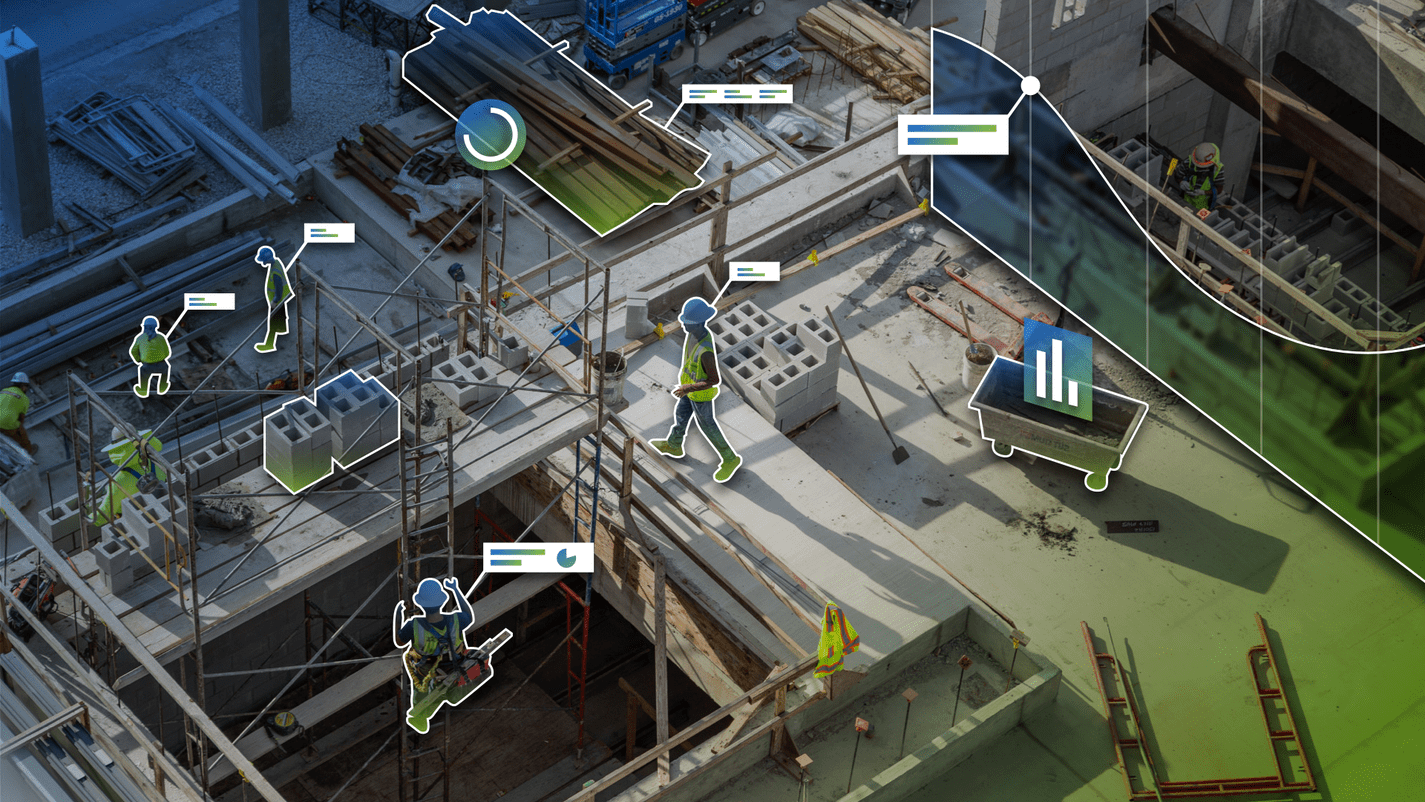
Is there a formula for business success? In many industries, we speak of three focus areas to achieve business transformation. They include:
In most situations and customer engagements I have been involved in, the “People” category consistently rises to the top as the most important. So, if people are the most critical, why do we spend most of our time defining and refining the process, technology, and tools that our people use? In this article, we’ll take a look at how construction firms can consider people differently and how this thought process can alleviate some of the key challenges organizations face.
Billy Beane, the Executive Vice President of baseball operations for the Oakland A’s, is a great example of one who understands people. Having been a former professional player himself, he also knows the need for proper processes and tools to get the job done.
As a young professional in the office, he was faced with limited resources and the expectation to win. Billy was tasked with finding players on a reduced payroll for the Oakland A’s. With tight payroll constraints, he decided to leverage historical data to change the way players were recruited. These historical in-game statistics are called “sabermetrics.” He was able to rank and prioritize the sabermetrics that shed light on players’ most important statistics that increased game-winning percentages. For example, Beane was able to prioritize on-base percentage over stolen base percentage. Through this practice, he operates one of the most cost-effective organizations that consistently achieves one of the league’s highest winning percentages. This phenomenon is documented in the book and movie “Moneyball.”
What is the parallel to the construction industry? How can we put the learning of baseball and Billy Beane to work for us for our project teams? How can statistics help us alleviate issues like labor shortage today? The answer to all these questions is encapsulated in my new term called “Construction Sabermetrics.”
I was in a conversation with a close friend that is currently struggling with the demands of the industry and the continued dilemma of labor shortage and staff retention. I ran through the following scenario with him:
“How do you recruit construction personnel today?” I asked. He told me that the company goes to colleges and participate in career day events, student projects, and sponsor competitions. I asked if there was anything else they were doing to support and foster current students to entice them to the industry and their company? He informed me that there were multiple staff members mentoring students, inviting classes to active construction sites, and teaching classes at local colleges. They also participate in grade school career days and volunteer in the communities.
“Seems like a reasonable and traditional approach,” I said. “Now let’s think about people a little differently. Who is the most important person on a construction site?” I asked.
“Well, they are all important,” he said.
“True,” I replied. “But who is the person that you call in the toughest of situations when there are tight deadlines and budgets? One that can assure a demanding owner and handle all the subs with his eyes closed?”
“That has to be the Superintendent,” he responded.
“Well, what college did that Superintendent go to?”
“Probably didn’t, except the school of hard knocks,” he admitted.
“So, let me get this straight, you recruit students from the colleges every year, but the most important person on the site is your Superintendent?” I asked him. “Looks like you need to create some construction sabermetrics.”
“What’s that?” he asked.
“You need to find out what makes the persona of the Superintendent tick. How is that one person so driven that failure is never an option? How were they pushed to learn all the processes of construction, understand the tools they needed, and gain the communication skills to accomplish all of this? What is the Superintendent’s ‘in-game statistics’ that you can capitalize on? What other options for the same statistics exist outside of the construction industry that you should be looking for? This could help you with your labor shortage and staff retention,” I explained.
He said, “You gave me a lot to think about in a different, good way.”
This is only one example where I believe the construction industry will need to change its thinking and strategy. With the mounting pressure of infrastructure and building, and the decreasing labor pool, and productivity, we can not do things the way we always have in the past.
Today, I challenge firms to think differently about people when it comes to business transformation:
Through my experience and witnessing effective teams that have employed the four solutions above, I have seen a dramatic shift in culture. It has given individuals increased self-esteem that they are a true contributor within a team.
Although people are not the only part of the equation, they are an essential component for success in construction. To create real business transformation, it’s time for a new mindset – and it starts by putting people first.

May we collect and use your data?
Learn more about the Third Party Services we use and our Privacy Statement.May we collect and use your data to tailor your experience?
Explore the benefits of a customized experience by managing your privacy settings for this site or visit our Privacy Statement to learn more about your options.